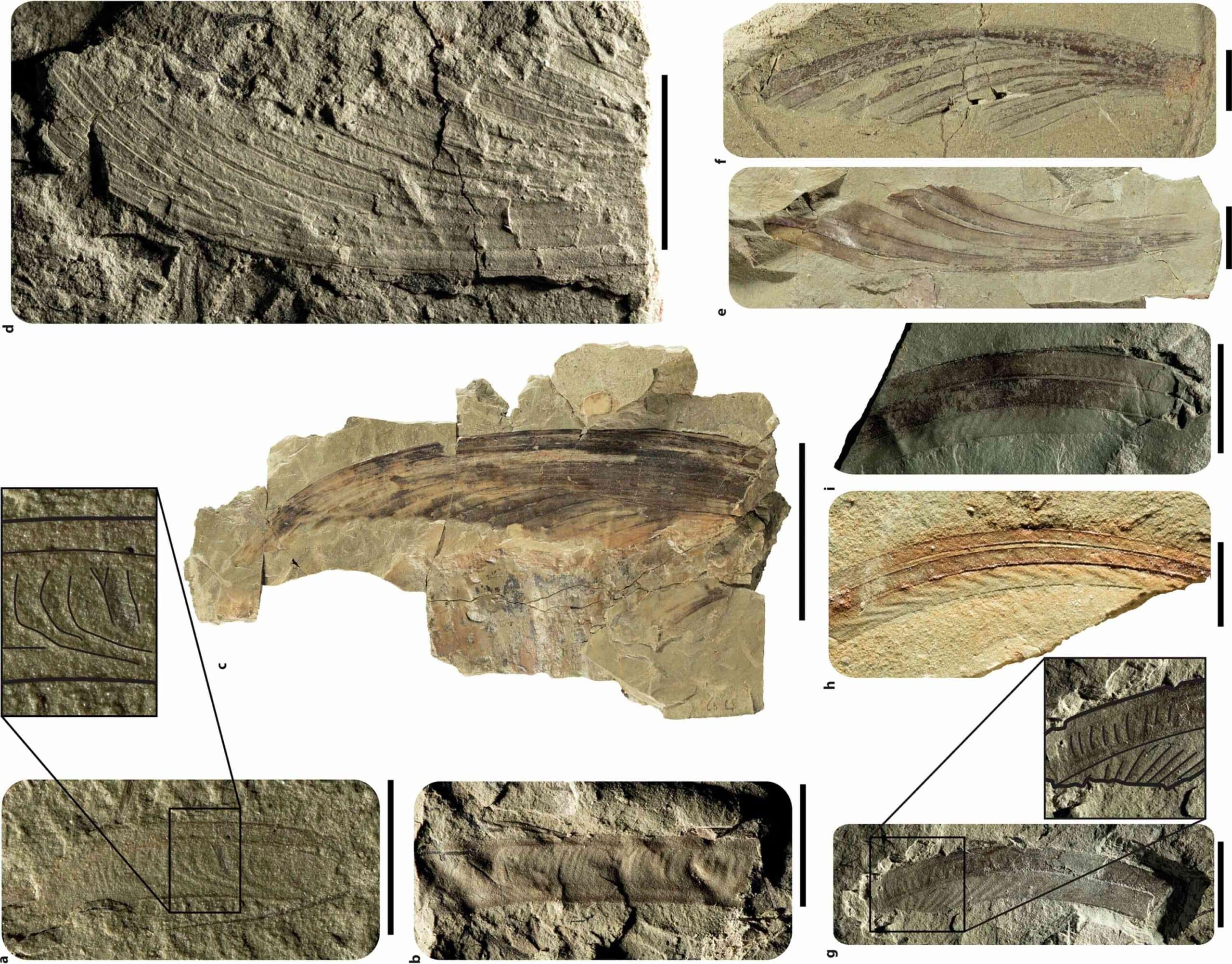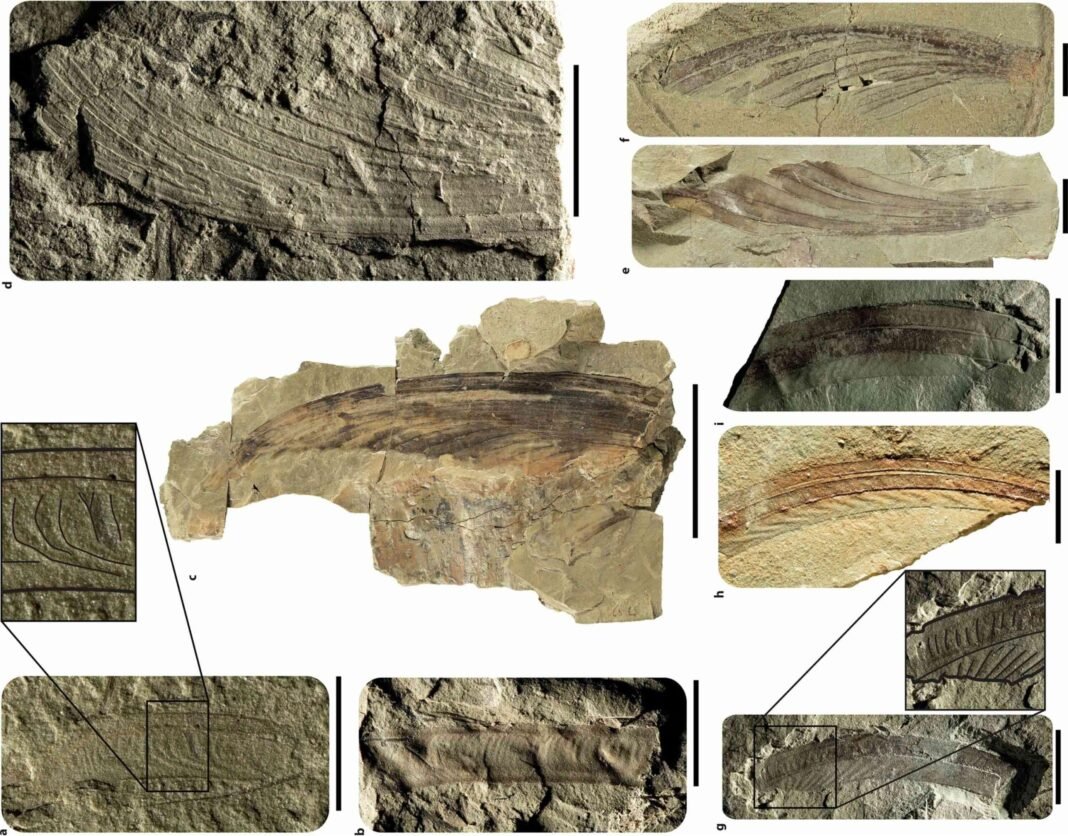
Scientists have described a new species of prehistoric reptile with unusual features resembling both a monkey and a lizard.
The animal, named Mirasaura grauvogeli, carried a striking sail-like crest along its back and a tail similar to that of a monkey. The discovery, detailed in the journal Nature, sheds light on the diversity of ancient reptiles and the early evolution of skin structures.
The 247‑million‑year‑old fossil was uncovered at the Grès à Voltzia site in northeastern France, a region known for well-preserved remains from the Middle Triassic period.
Researchers classified the reptile within drepanosauromorphs, an extinct lineage that split from other reptiles long before dinosaurs emerged. This group is recognized for its distinctive anatomy, making the find particularly significant.
Crest, unlike feathers, scales, or hair
The crest of Mirasaura grauvogeli was formed by elongated appendages, unlike any previously known in reptiles. According to the study, these structures are not feathers, scales, or hair but represent a new type of skin covering that evolved independently.
The appendages, some reaching six inches in length, rose from the front of the back and formed a fan-like display that dominated the animal’s silhouette.
Researchers believe the crest likely played a communicative role within the species, much like how modern peacocks use their feathers for signaling.
Please welcome the AMAZING Mirasaura grauvogeli, a NEW MARVELOUS Drepanosaur published in NATURE today! This astonishing reptile lived during the Middle Triassic in Europe and it possessed an amazing crest made of plume-like structures!
I was commissioned to bring it to life! pic.twitter.com/hwPztdOUjH— Gabriel N. U. (@SerpenIllus) July 23, 2025
Analysis of melanosomes, the microscopic structures responsible for color, revealed similarities to bird feathers rather than typical reptile skin. This finding suggests a far more complex history of color and display features in early reptiles than previously understood.
Scientists reflect on evolutionary significance
Richard Prum, an evolutionary biologist at Yale University, told Smithsonian Magazine that the fossil demonstrates how unusual the evolution of reptilian skin can be. He described the sail as “remarkable and profoundly strange,” noting its length nearly matched the body of the animal itself.
Stephan Spiekman of the State Museum of Natural History in Stuttgart added, in comments to IFLScience, that the fossil offers the first clear evidence of such structures forming early in reptile evolution, in lineages unrelated to birds or dinosaurs.
The fossil’s history adds another layer to the story. It remained in the care of the Grauvogel family for decades before being donated to the Stuttgart museum in 2019. Careful preparation revealed the preserved skeleton and the unusual soft-tissue crest, confirming it as a distinct species.
Paleontologists say the find expands understanding of how skin appendages evolved and may push researchers to reexamine fossils from lesser-known reptile groups and earlier periods.
The discovery also provides new comparisons with other ancient species, such as Longisquama insignis, highlighting the complex and varied evolutionary paths that preceded the age of dinosaurs.

